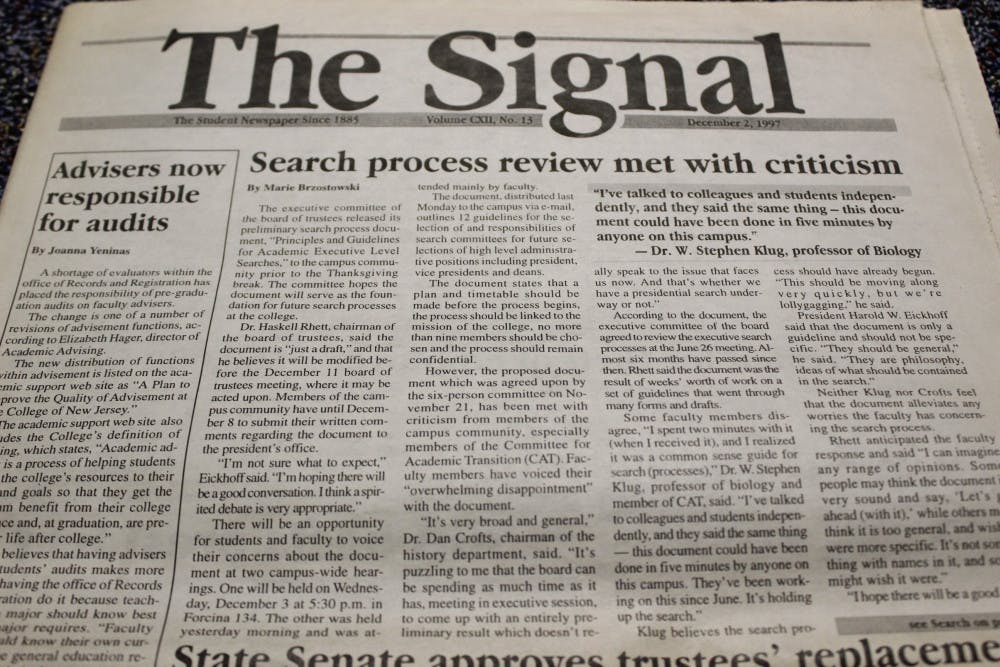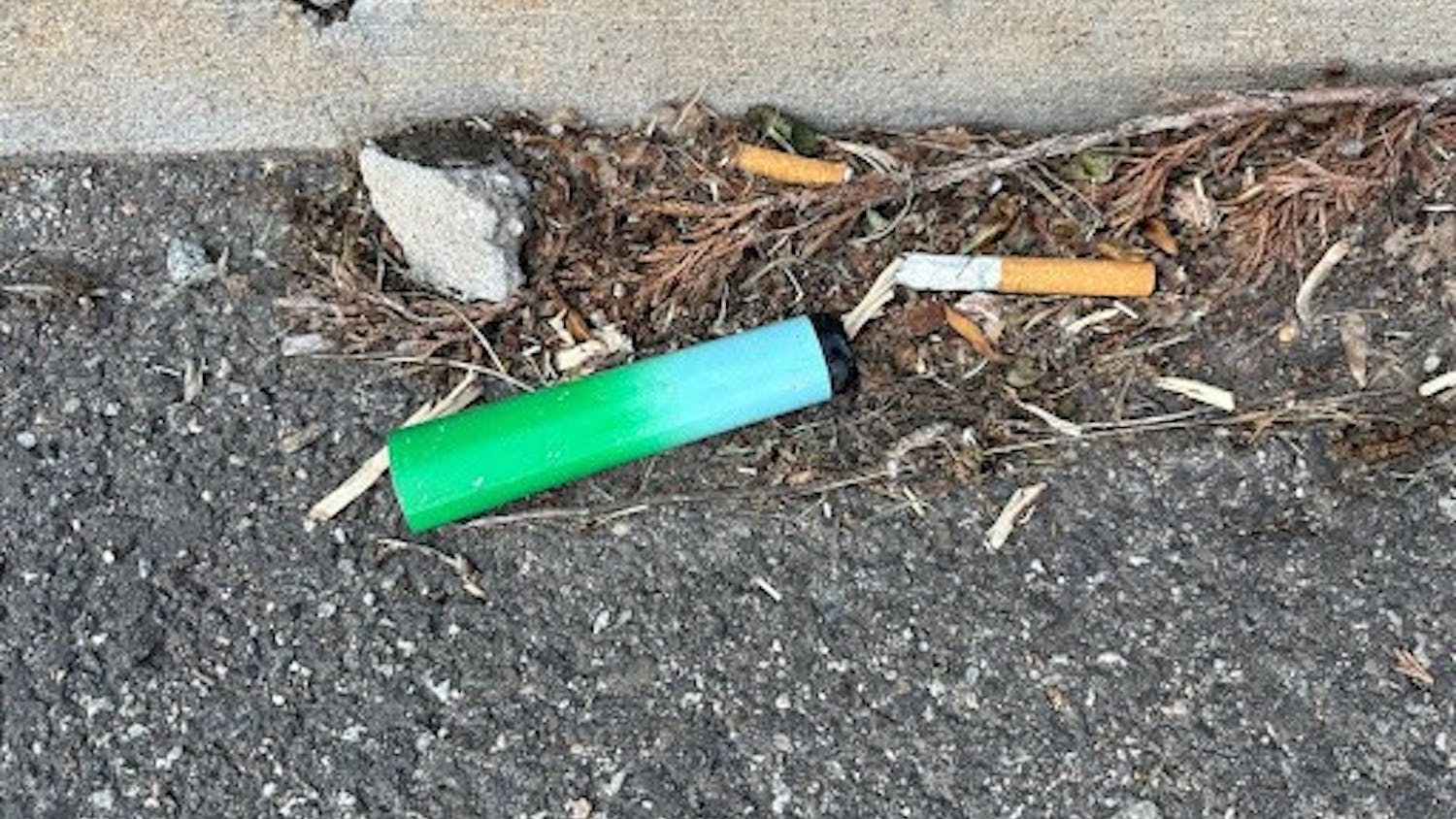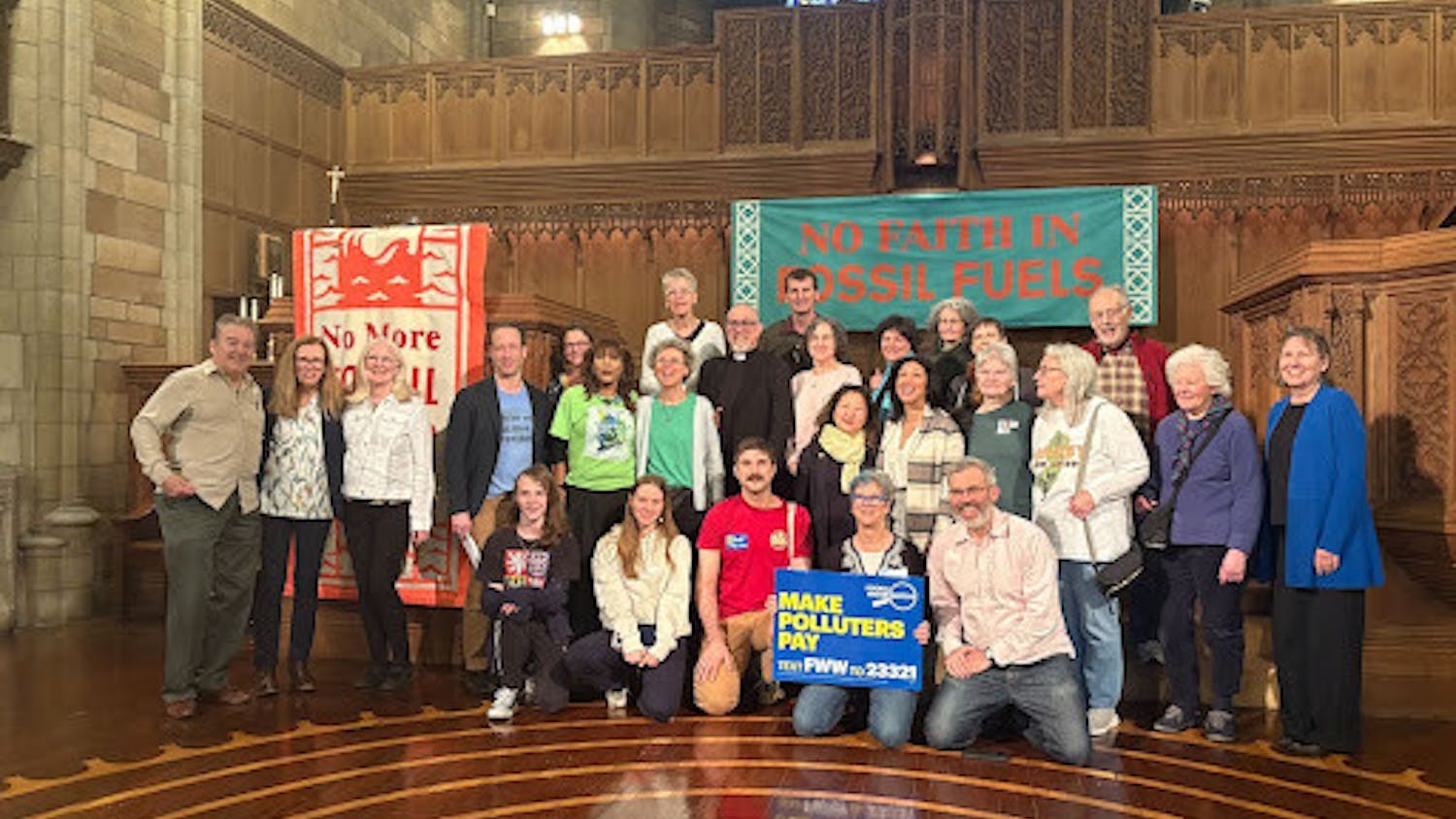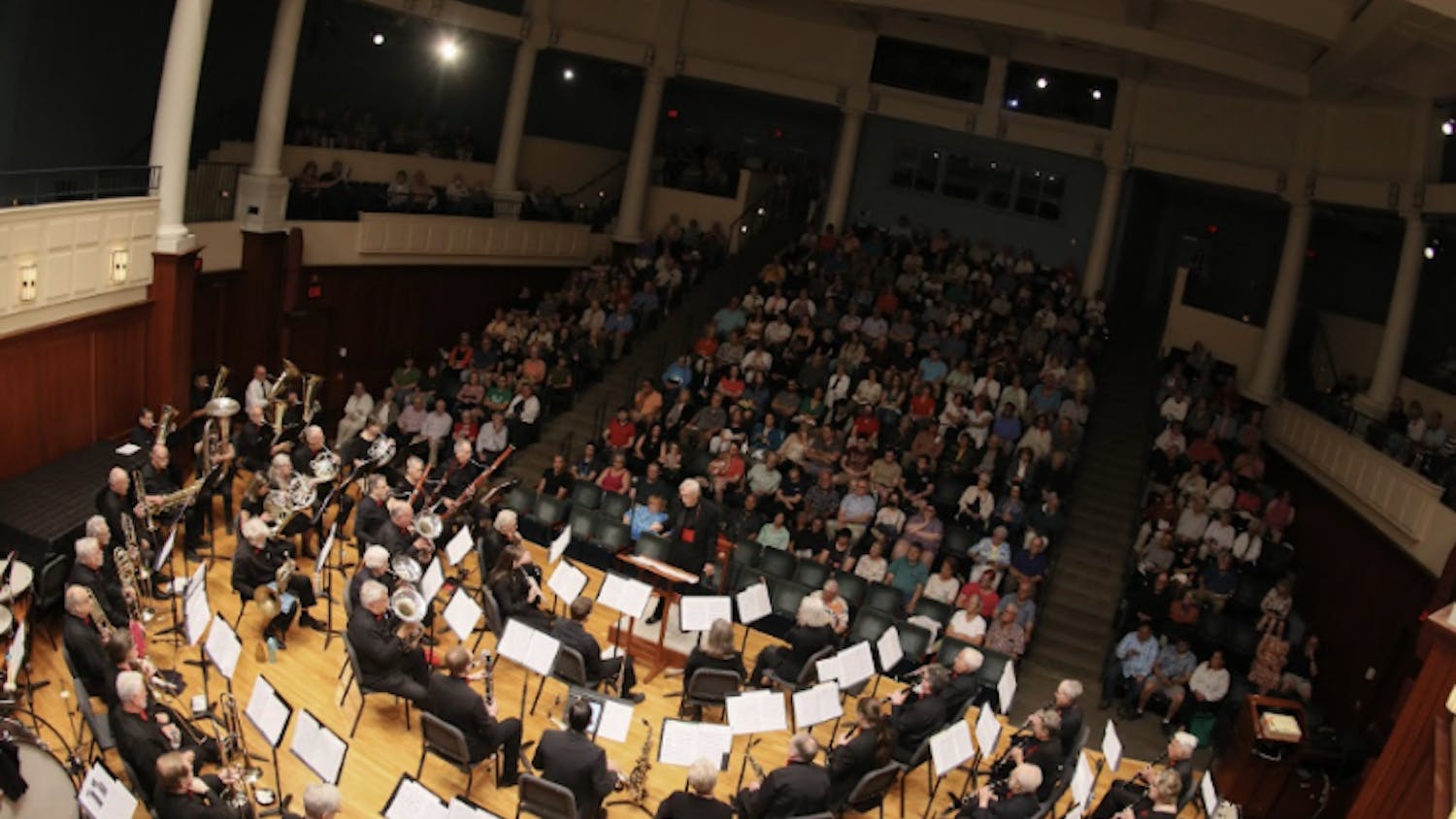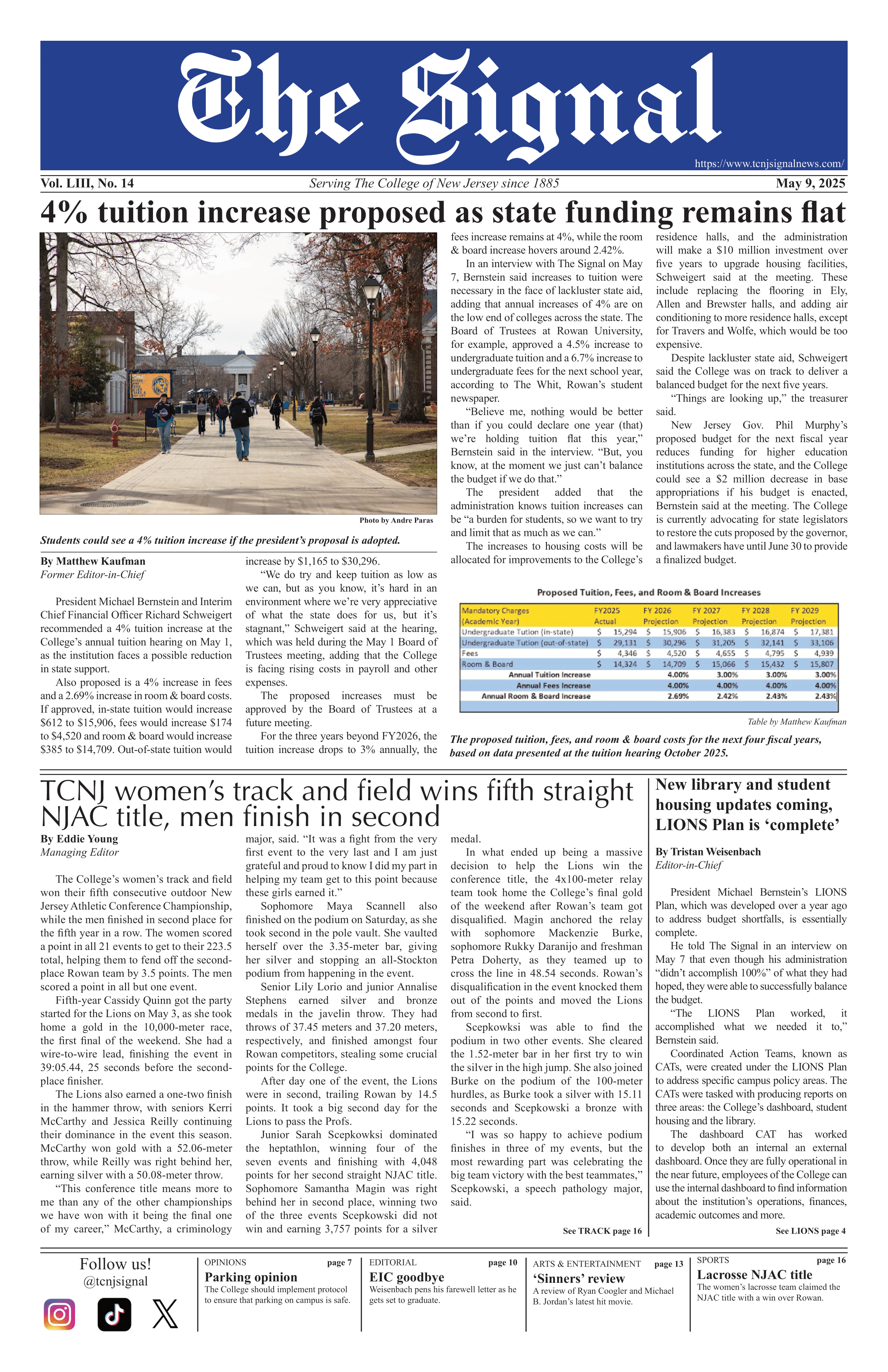By Kimberly Ilkowski
Features Editor
In the December 1997 issue of the paper, student reporter Peter Croatta wrote about the recent discovery of rare works by legendary poet Walt Whitman hidden right in the College’s own Roscoe West Library:
The College of New Jersey has had a first-edition copy of Walt Whitman’s classic “Leaves of Grass,” along with a hand-written, one-page manuscript by the poet, since 1985. But it took 12 years, an alert English professor and a string of coincidences for the College to realize what it really had.
The first edition copy is rare in itself. Roughly 200 copies of “Leaves of Grass” remain from the scant 795 copies released on July 4, 1855.
However, the manuscript might be even more interesting. The College’s manuscript is actually one part in the evolution of Whitman’s introduction to “Leaves of Grass.”

The story starts last June when Dr. Michael Robertson, an associate professor of English and a Whitman scholar, spoke with Nelson Evans, the college’s Humanities and Government Documents Librarian.
Evans told Robertson about the two Whitman treasures that were gathering dust in the library’s vault. Evans asked Robertson if he wanted to take a look at them.
Robertson recognized the value of the forgotten manuscript immediately.
Three days before, Robertson had heard Dr. Paul Benton’s lecture on Whitman at an American Literature Association Conference in Baltimore.
Benton, an associate professor of English at Pacific Lutheran University, is currently organizing various Whitman manuscripts to see how they connect sequentially.
Benton just happened to mention Whitman’s “Leaves of Grass” introduction manuscript at the conference.
“I was stunned,” Robertson said about the manuscript. “I couldn’t believe our good luck.”
Robertson wrote to Benton about the discovery and mailed him a copy of the manuscript, which included a rough draft of Whitman’s poem “Starting from Paumanok” on the reverse side.
“I was surprised,” Benton said. “The circumstances, the serendipity of his hearing my lecture … (It’s) a one in a million chance.”
According to Benton, who spoke at the Roscoe L. West Library on November 18, the College’s introduction is one of 10 revisions made by Whitman.
In 1861, Whitman began a new prose “introduction” for the fourth edition (1867) of “Leaves of Grass.” Three full drafts were written and saved in hand-made booklets.
In those first three booklets, the introduction changed from prose to what Benton calls “a short, prefatory poem.”
Whitman returned to work in 1865, after his stint as a nurse in the Civil War ended.
He radically revised the 1861 version of the introduction, and changed the title to “Inscription to the Reader.”
Whitman then wrote another three drafts, once again saving them in hand-made booklets.
In the 1870s, Whitman pasted these six booklets together in his last remaining copy of “Leaves of Grass.”
According to Benton, the book is really nothing more than a pile of scraps.
This edition is now located in the Lion Collection of the New York Public Library.
After the sixth booklet, according to Benton, Whitman worked on four one-page drafts of “Inscription.”
The College’s manuscript, entitled “Inscription from Author to Reader at the Entrance of Leaves of Grass” is the first of these four drafts.
Benton calls these four drafts the JUDY schema. The first draft is at the College, the second at the University of Virginia, the third at Dartmouth University and the fourth is at Yale University.
The College now has a glimpse inside the mind of arguably the greatest poet in American history.


